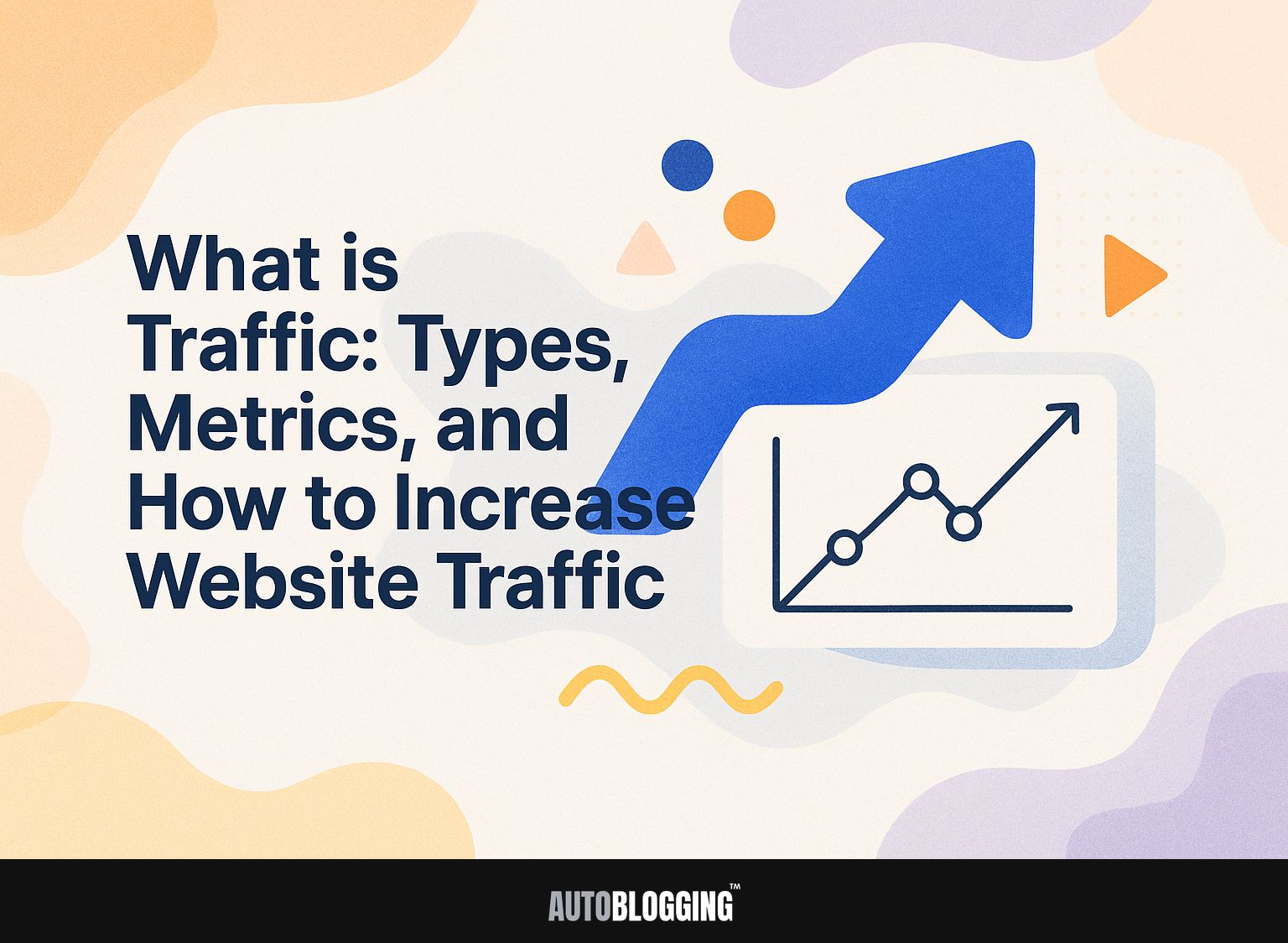
Knowing how much traffic your website gets is important for improving your presence online. In this blog post, we’ll look at the different kinds of traffic, key measurements, and useful methods to grow traffic through SEO, content marketing, and social media. Understanding how Google reviews your website helps you find ways to increase traffic and get visitors to interact more with your site. Learn how to improve your site’s performance and connect with your audience successfully!
Key Takeaways:
- Website traffic is the number of visitors a website receives. A website’s success depends on how well it encourages users to take action, which can increase sales.
- There are various types of website traffic, including organic, paid, direct, referral, and social traffic, each with its own benefits and drawbacks.
- To get more visitors to a website, businesses can use methods like improving search engine rankings, creating and sharing content, promoting through social media, sending marketing emails, and paying for ads. Looking at traffic data using tools and reports is important for improving website performance and attracting more visitors.
Contents
- Types of Website Traffic
- Traffic Metrics
- How to Increase Website Traffic
- Analyzing Traffic Data
- Frequently Asked Questions
- 1. What is traffic and why is it important for a website?
- 2. What are the different types of traffic for a website?
- 3. What metrics should I track to measure my website’s traffic?
- 4. How can I increase my website’s traffic?
- 5. Why is organic traffic seen as the best type of traffic?
- 6. Is paid traffic worth investing in to increase website traffic?
1. Definition of Website Traffic
Website traffic is the total count of people visiting a website during a set time, tracked using analytics tools.
To measure and study website traffic well, use tools like Google Analytics. It gives you detailed reports about the number of visitors, how they behave, and their demographics.
Start by setting up a tracking code on your site to gather data. Then, regularly review metrics such as page views, bounce rates, and session duration.
Another helpful tool is SEMrush, which can show you where your website traffic comes from and how your competitors are doing. This can help you find ways to make your site more visible and engaging. With these tools, you can see exactly how your website is performing.
2. Importance of Website Traffic
Having many visitors to a website is important because it leads to more interaction, better chances of making sales, and higher ranking in search engine results.
For example, if website traffic goes up by 10%, conversions can rise by as much as 5%. The increase often happens because more people view your landing pages and look at your products.
Tools like Google Analytics can help track these metrics, allowing you to observe how changes in traffic levels impact user behavior.
Using SEO techniques like improving keyword use and increasing site speed can bring in more visitors, increasing the chances of turning leads into customers.
Types of Website Traffic
Knowing the various kinds of website visitors helps businesses create specific plans to attract and interact with their audience. This is crucial for optimizing user engagement and increasing conversion rates. See also: Understanding internal links can further enhance your strategy.
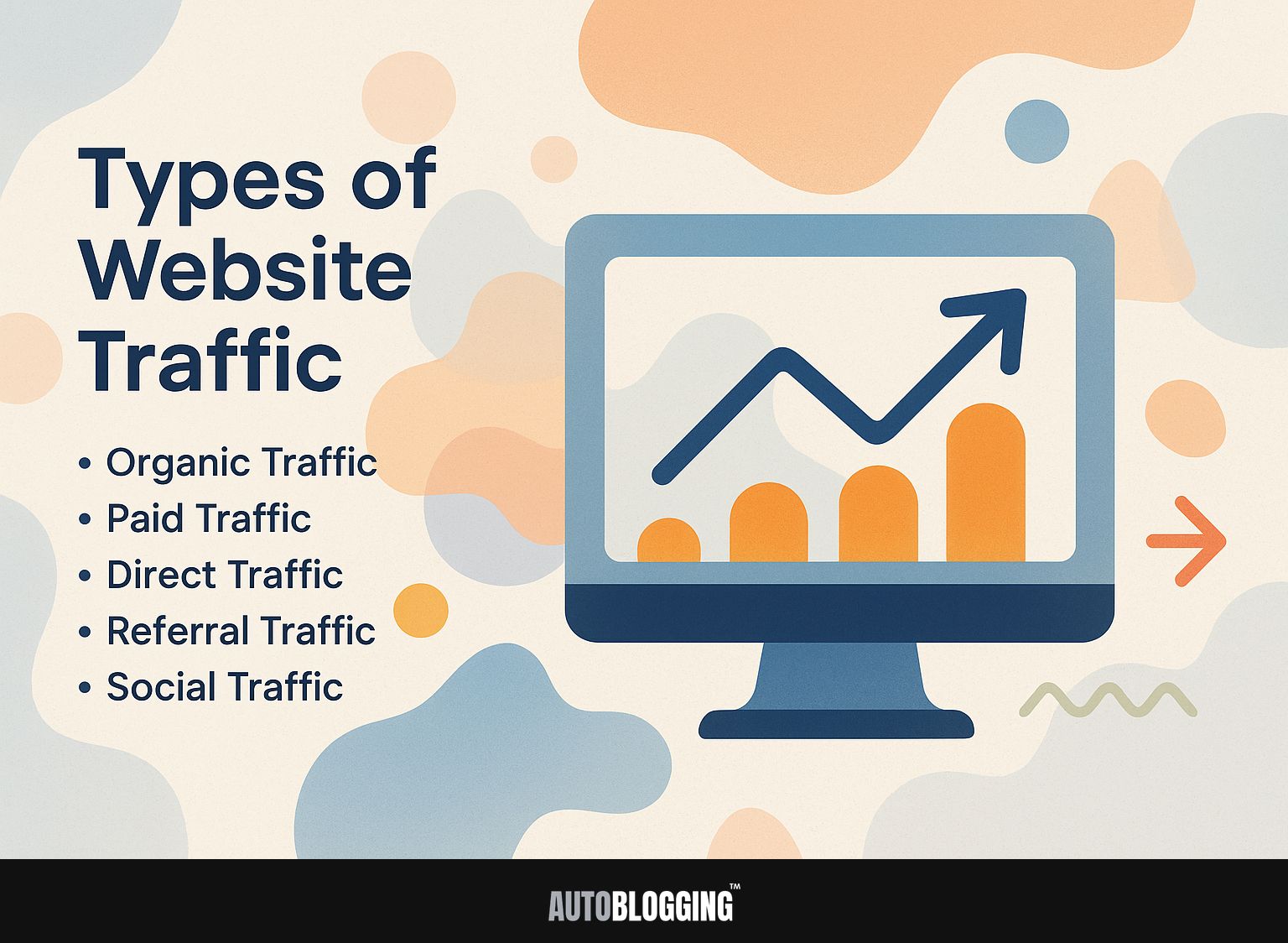
1. Organic Traffic
Organic traffic is generated through unpaid search results, relying heavily on effective SEO strategies and the use of long-tail keywords.
To improve organic traffic, start by finding related long-tail keywords with tools like Google Keyword Planner or SEMrush. Use these keywords naturally in your text, titles, and meta descriptions.
Plugins like Yoast SEO for WordPress can help you follow the best practices so that each post is ready for search engines. Use Google Analytics to review how well your site is doing. Look at how visitors interact with it and change your approach to highlight content that connects with them and brings in regular visitors.
2. Paid Traffic
Paid traffic involves paying for ads to drive visitors, typically through pay-per-click (PPC) campaigns like Google Ads.
To set up a PPC campaign, start by defining your budget, ideally beginning at $5 per day. Next, use tools like Google Keyword Planner or SEMrush to find specific keywords that match your business objectives.
Focus on long-tail keywords for better ROI, as they often have less competition and a higher conversion rate. After choosing keywords, write clear ad text that shows what makes your product or service special and encourages people to take action.
Checking the campaign often will help you change bids and improve targeting by looking at how it performs.
3. Direct Traffic
Direct traffic consists of visitors who arrive at a website by typing the URL directly into their browser, indicating strong brand recognition. This metric serves as a clear indicator of brand loyalty, as it reflects users’ trust and familiarity.
To increase direct traffic, think about using offline marketing methods. For example, distribute visually appealing business cards at local events, ensuring that they prominently feature your website’s URL.
Participate in community events, sponsoring local activities or hosting workshops, which can help create a direct connection between your brand and the audience. Both efforts can build a feeling of togetherness, which can lead to more people visiting your site directly.
4. Referral Traffic
Referral traffic is generated when users click on links from other websites, emphasizing the importance of link-building strategies.
One effective strategy is guest blogging on reputable sites within your niche. Start by identifying potential partners using tools like Ahrefs to analyze their domain authority and backlink profiles.
Reach out to people with customized offers that highlight mutual benefits. Use social media platforms to share your guest posts and increase their exposure.
Regularly monitor your referral traffic through analytics tools like Google Analytics to evaluate which backlinks drive the most traffic. This proactive approach increases respect and helps create important industry connections.
5. Social Traffic
Social traffic comes from visitors who arrive via social media platforms, highlighting the need for an active social media presence.
- To increase your social traffic, consider posting at peak engagement times-typically around 9 AM, 12 PM, and 5 PM.
- Use scheduling tools like Buffer or Hootsuite to organize your posts ahead of time and keep your activity steady.
- Connect with your audience by replying to comments and joining conversations to build a community.
- It’s helpful to share content created by users and use hashtags that connect with your audience, increasing the reach and visibility of your posts.
Traffic Metrics
Checking website traffic numbers helps determine how well your site and marketing plans are working.
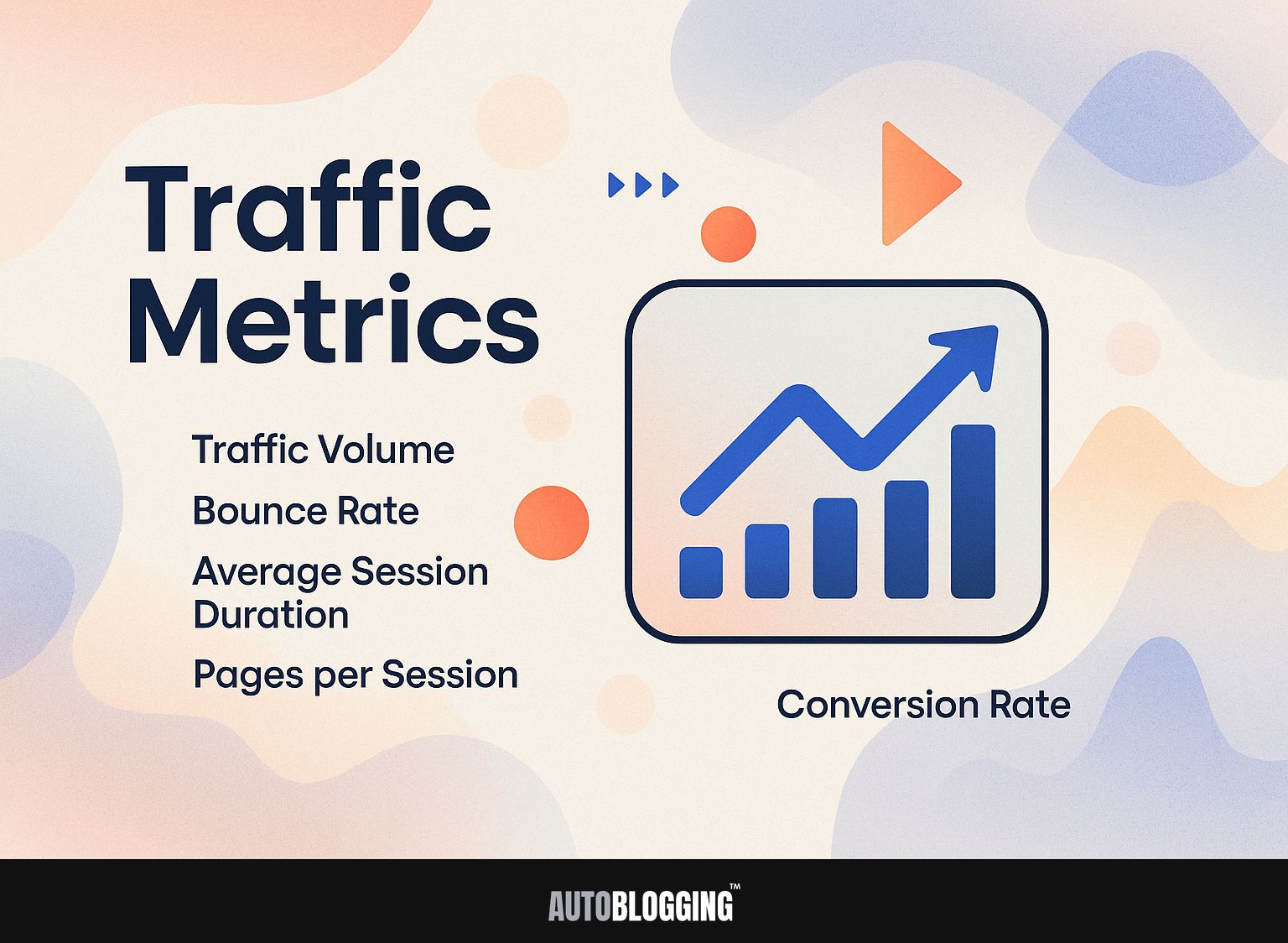
1. Traffic Volume
Traffic volume shows how many people visit a website, indicating how popular it is and how far it can reach.
To track traffic volume using Google Analytics, set up an account and add the tracking code to your website. Go to the ‘Audience’ section to see data like total sessions, number of users, and page views. Setting standards is important; use data from the last 3-6 months to guide you.
For example, identify your average monthly traffic and set realistic growth goals, aiming for a 10-20% increase over the next quarter. This strategic approach allows you to monitor growth and adjust your marketing efforts accordingly.
2. Bounce Rate
Bounce rate measures the percentage of visitors who leave a site without interacting, signaling potential issues with content or user experience.
To lower your bounce rate, make sure your pages load in less than three seconds. Use Google PageSpeed Insights to identify issues that might be making your site load slowly.
Improve content relevance by examining how visitors interact using analytics tools such as Hotjar or Google Analytics, so you can change content to better match what users are interested in.
Make sure your website works well on mobile devices because a design that adjusts to different screens keeps visitors from leaving quickly. Implementing these strategies can help create a more engaging experience that retains visitors.
3. Average Session Duration
Average session duration reflects the time users spend on a site, indicating the effectiveness of content in engaging visitors.
To increase the average time spent in a session, use interesting formats such as infographics, videos, or interactive quizzes.
For example, a blog that integrated video content saw a 30% increase in session duration within three months.
Tools like Canva can help make visually appealing infographics, while platforms like Vimeo or YouTube allow for video hosting.
Use analytics tools to track engagement metrics and adjust content strategies based on user behavior. By regularly refreshing and varying your content, you can keep visitors on your site longer, which improves overall interaction.
4. Pages per Session
The pages per session metric shows the number of pages visitors look at during one visit, indicating how engaging the content is.
To improve this metric, think about adding internal links within your articles. For example, link to related content at the end of each post, encouraging further exploration.
Use tools like Yoast SEO to improve your links and create a smooth experience for users. Curating a ‘related articles’ section on each page can also entice readers to continue browsing.
Analyze your most visited pages with Google Analytics to identify high-performing content and replicate its format across other articles.
5. Conversion Rate
Conversion rate shows the percentage of visitors who do things like sign up for a newsletter or buy something. To improve conversion rates, begin by using A/B testing on your landing pages.
For instance, create two versions of a page with different headlines or images and track which performs better.
Use clear calls-to-action (CTAs) that direct users to their next actions, like ‘Get 20% Off’ or ‘Subscribe Now’-phrases that create urgency can greatly increase engagement.
Tools like Google Optimize and Optimizely assist with A/B testing, showing which options your audience prefers.
How to Increase Website Traffic
Trying various techniques can significantly increase website traffic and make the site more noticeable online, such as creating a topical map to better structure your content for search engines (our guide on creating a topical map for a website explores this in detail).
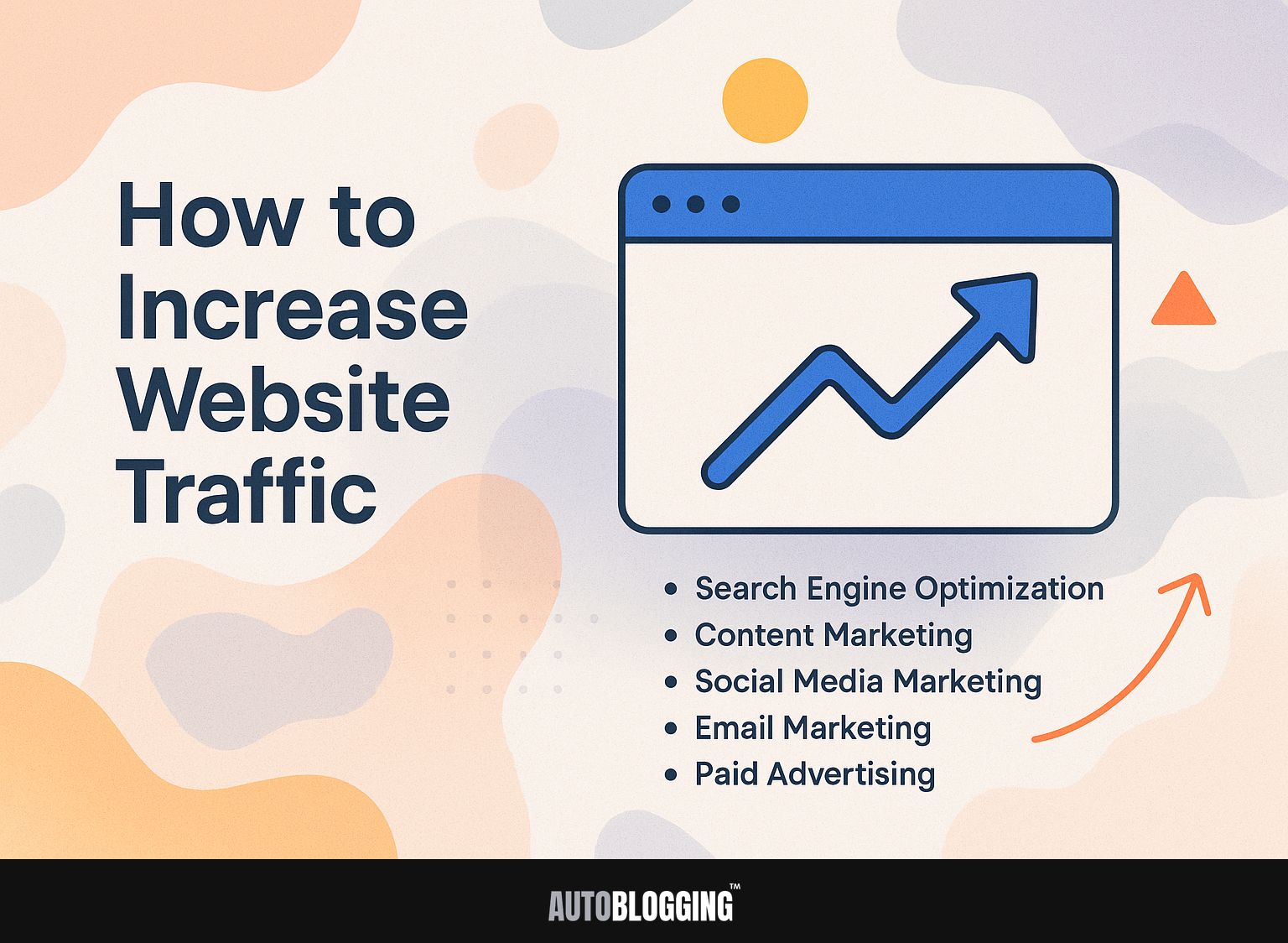
1. Search Engine Optimization (SEO)
Using effective SEO methods is important for increasing organic traffic. This involves keyword research and both on-page and off-page optimization.
- To start with keyword research, tools like SEMrush or Ahrefs help identify high-performing keywords relevant to your niche.
- Once you have your keywords, improve your meta tags by placing them in the title, description, and header tags without overloading them.
- For on-page optimization, make sure your content is interesting and includes useful internal and external links.
- For off-page strategies, use social media and get backlinks from trusted sites.
- Use Google Analytics often to check how things are going and improve your methods to get the most out of your SEO work.
2. Content Marketing
Content marketing involves creating helpful content for your audience, attracting visitors, and encouraging engagement with informative blog posts and articles.
To maximize your content marketing effectiveness, establish a content calendar that outlines topics for at least three months. Use tools like Trello or Asana to organize your ideas and deadlines.
Use analytics tools like Google Analytics to monitor which topics connect best with your audience, enabling changes immediately.
Use social media tools like Buffer to schedule your posts and communicate with your audience regularly. Make sure to engage and receive feedback on all platforms. This forward-thinking method increases interaction and builds a strong connection with the audience.
3. Social Media Marketing
Utilizing social media platforms effectively can funnel traffic to your website, especially through engaging posts and targeted advertising.
To strengthen your social media presence, start by creating appealing images using Canva, which offers simple templates and design tools. Next, use Hootsuite to schedule posts at optimal times for your audience, ensuring consistent engagement.
Think about placing specific ads on platforms like Facebook and Instagram. You can choose your audience based on their age, location, and interests, which helps you connect with more people.
Regularly check performance numbers to improve your approach-look at shares, likes, and comments to see what connects with your audience.
4. Email Marketing
Email marketing remains one of the most effective channels for traffic acquisition, capable of reaching customers directly in their inbox.
To create a successful email list, begin by offering attractive incentives like free eBooks, checklists, or special discounts. Use tools like Mailchimp for tracking metrics like open rates and click-through rates. Look at these measurements often to improve your strategy.
To create interesting newsletters, concentrate on useful content that connects with your audience, and include links to related parts of your website.
For example, include snippets of a blog post and encourage readers to learn more by visiting your site. Send newsletters at least once a month to maintain consistency.
5. Paid Advertising Strategies
Investing in paid advertising can yield quick traffic results, especially when targeting specific demographics using platforms like Facebook Ads and Google Ads. To effectively set up targeted ad campaigns, start by defining your audience based on factors like age, location, and interests.
Use Facebook’s Audience Insights to get better information about demographics. Next, create appealing visuals-try different images and text to find which ones work best through A/B testing.
Checking how well things are working is important; use Google Analytics and Facebook Ads Manager to watch important numbers like click-through rates and conversions.
Improve your campaigns by frequently changing your bids, stopping ads that aren’t doing well, and increasing the ones that are successful to get the best return on investment.
Analyzing Traffic Data
Studying traffic data is important to know how visitors act and to see how well your traffic plans work. For a deeper understanding of how to enhance your site’s navigational structure through internal links, explore our definition and benefits guide on internal links.
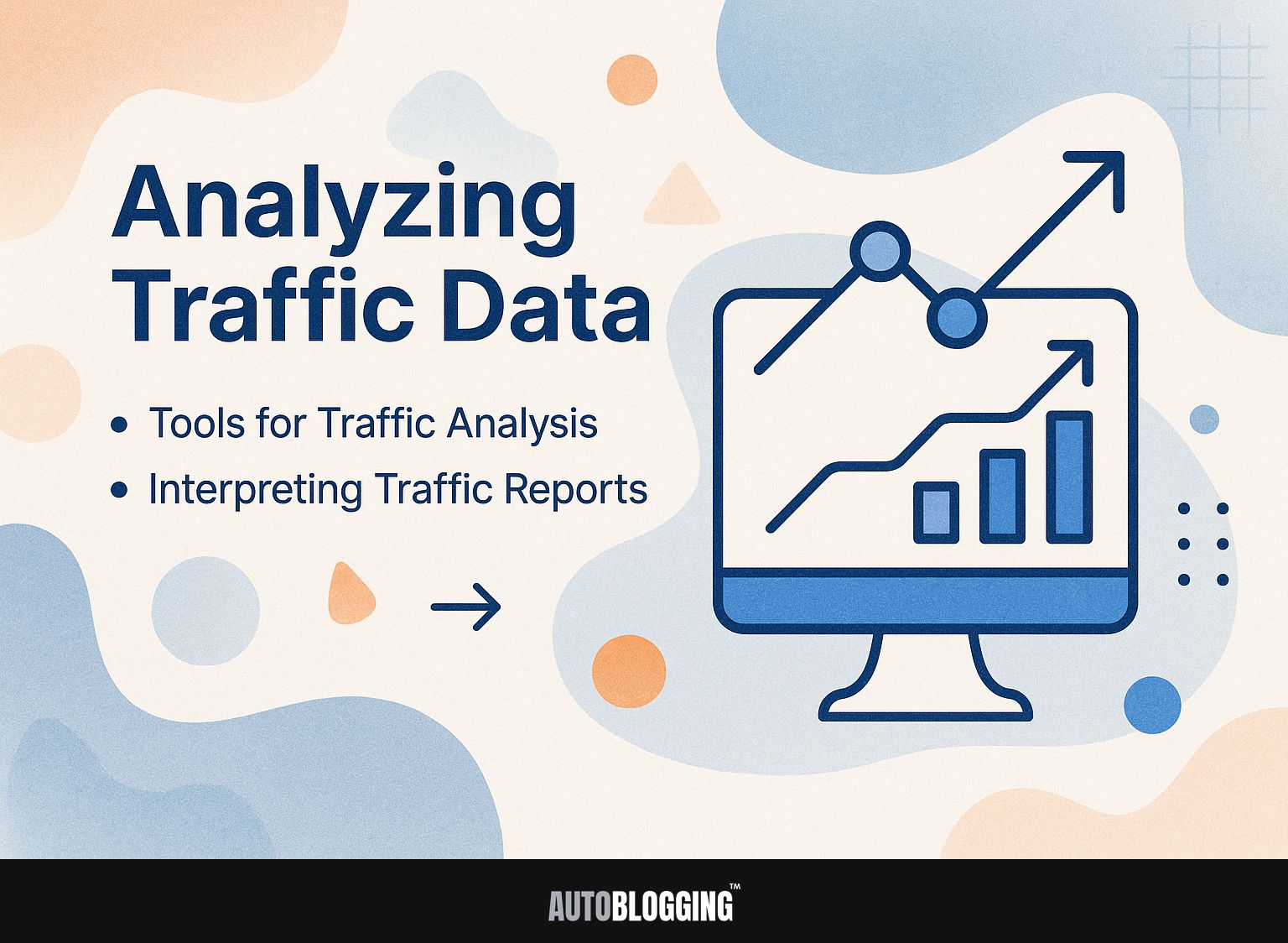
1. Tools for Traffic Analysis
Tools like Google Analytics and Leadfeeder provide detailed information about website traffic and how visitors act.
Google Analytics is free and gives a clear summary of user data, showing how visitors move through your site and records successful actions, making it important for anyone with a website.
Leadfeeder, starting at $55/month, identifies businesses that visit your site, allowing for targeted outreach.
To use these tools well, set up clear targets in Google Analytics to measure conversions and use Leadfeeder to track and follow up on visits from new companies. Integrating both can create a powerful feedback loop, enhancing overall digital marketing strategies.
2. Interpreting Traffic Reports
Reviewing traffic reports means looking at important data points and using the information to improve content and how users interact.
To effectively analyze traffic reports, focus on specific metrics such as page views, bounce rates, and average time on page.
Start by identifying trends over time-look for spikes or drops that coincide with content launches or promotions. Next, compare traffic against key performance indicators (KPIs) like conversion rates or engagement levels.
Use tools like Google Analytics to learn more by looking at demographics and where visitors come from. Change your content plan using this information. Concentrate on topics that do well and improve on areas that get less attention.
Frequently Asked Questions
1. What is traffic and why is it important for a website?
Traffic means how many people visit a website. It is important because it allows a website to reach a larger audience and potentially increase its conversion rates and revenue.
2. What are the different types of traffic for a website?
There are three main types of website traffic: direct, referral, and organic. Direct traffic comes from users directly typing in a website’s URL, referral traffic comes from links on other websites, and organic traffic comes from search engines.
3. What metrics should I track to measure my website’s traffic?
The most important metrics to track for website traffic are number of visitors, page views, bounce rate, and conversion rate. These measurements help you see how well your website connects with and holds the interest of your visitors.
4. How can I increase my website’s traffic?
You can increase visits to your website by creating great content, using search engine strategies, promoting your site on social media, and collaborating with other websites and bloggers to get backlinks.
5. Why is organic traffic seen as the best type of traffic?
Organic traffic is often seen as the best type because it comes from people who are actively looking for a website or content, instead of being guided there through ads or paid promotions. This type of traffic typically has a higher conversion rate and can lead to long-term success for a website.
6. Is paid traffic worth investing in to increase website traffic?
Paid traffic, such as through advertisements or sponsored content, can be a quick way to increase website traffic. However, it is important to keep a close eye on the return on investment and make sure the paid traffic is reaching the right audience.
